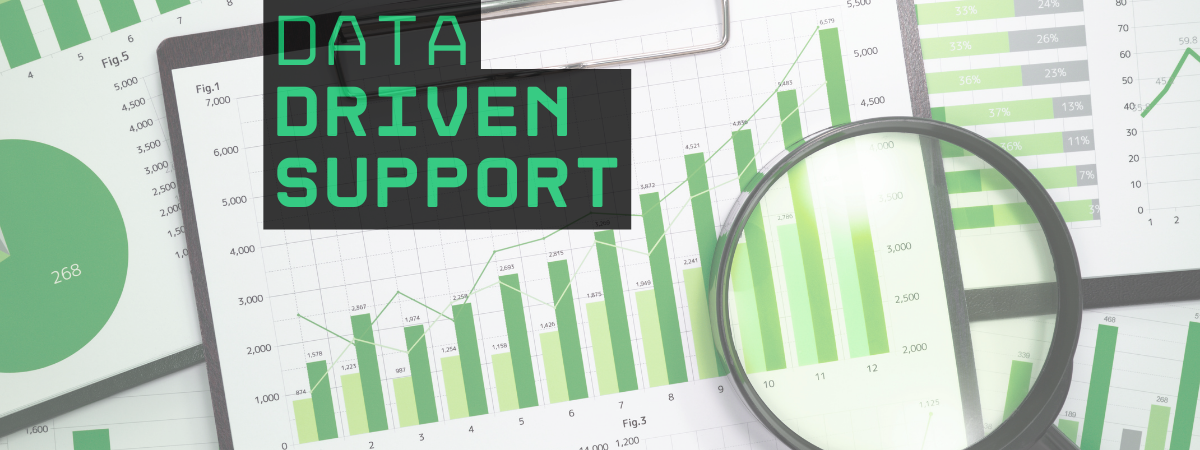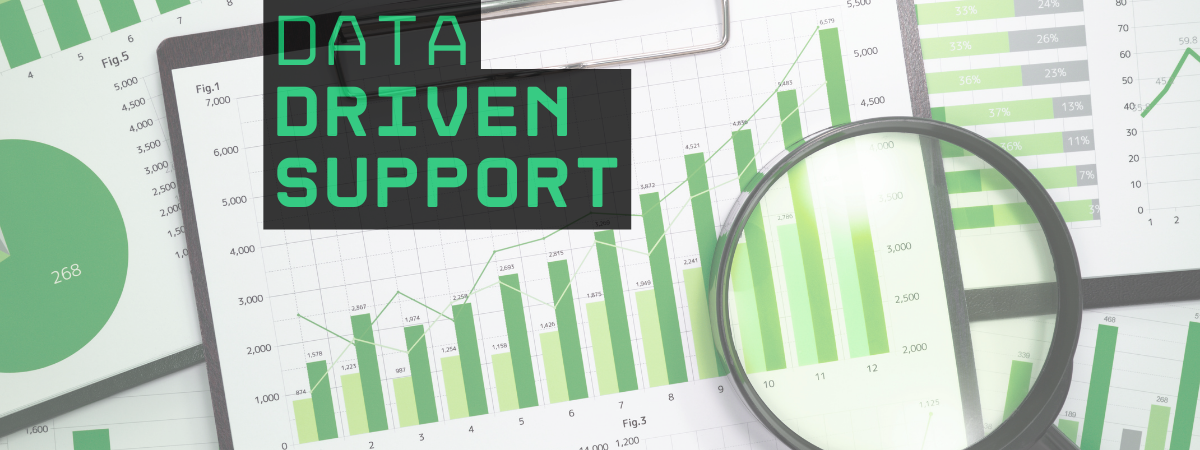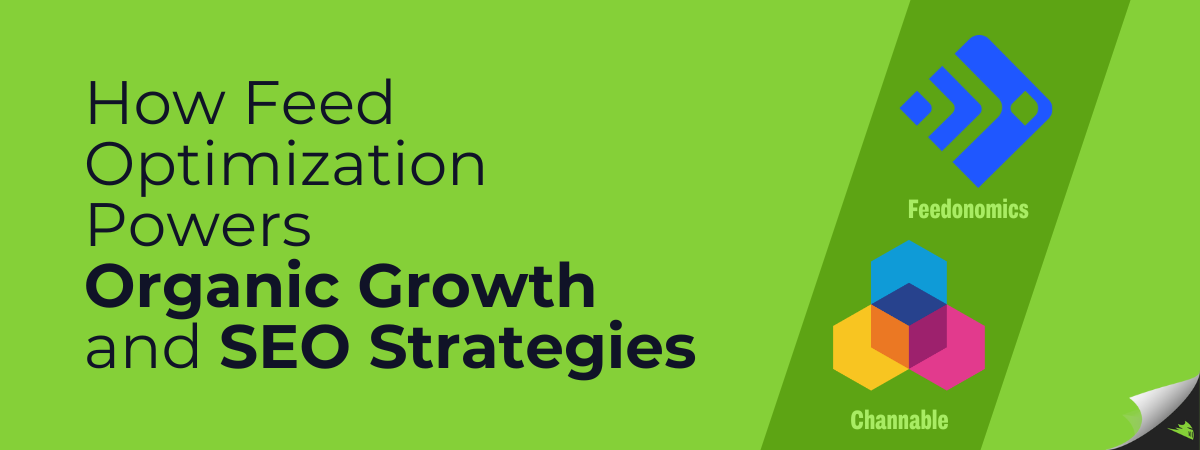How Feed Optimization Powers Organic Growth and SEO Strategies
The Role of Feed Optimization in SEO and Organic Growth
For ecommerce businesses, success in digital marketing isn’t just about having a well-designed website or strong ad campaigns—it’s also about how effectively product data feeds are managed. Feed optimization is a crucial factor in driving organic traffic, improving visibility, and enhancing the customer experience across multiple sales channels.
By ensuring that your product feeds are well-structured, accurate, and optimized for various platforms, you can improve search engine rankings, enhance your listings on marketplaces, and maximize conversions. Tools like Feedonomics and Channable are essential for streamlining this process, helping ecommerce brands optimize their feeds efficiently and effectively.
What Is Feed Optimization?
Feed optimization is the process of structuring and enhancing your product data feeds to ensure they meet the requirements of search engines, marketplaces, and advertising platforms. This includes refining product titles, descriptions, attributes, and categories to improve discoverability and ranking in organic search results.
Key components of feed optimization include:
- Keyword Optimization: Incorporating relevant keywords into product titles and descriptions to align with search intent.
- Data Accuracy & Completeness: Ensuring all required attributes (e.g., GTINs, MPNs, brand names, etc.) are included and correct.
- Product Categorization: Mapping products to the correct categories across platforms to improve relevance.
- Consistent Updates: Keeping inventory and pricing information accurate to prevent mismatches that could harm rankings or conversions.
How Feed Optimization Impacts Organic Growth and SEO
1. Improved Search Engine Rankings
Search engines like Google use structured product data to display results in organic search listings, Google Shopping, and other surfaces. Well-optimized feeds ensure that search engines can easily understand and rank your products correctly, leading to better organic visibility.
2. Enhanced Performance on Marketplaces and Comparison Shopping Engines
Many ecommerce brands list their products on marketplaces like Amazon, eBay, and Google Shopping. Optimized feeds help ensure that products appear in relevant searches, increasing organic traffic and sales opportunities.
3. Higher Click-Through Rates (CTR)
A well-structured product feed ensures that titles, descriptions, and images are clear and engaging. This not only improves rankings but also increases the likelihood of clicks from potential buyers.
4. Better User Experience and Conversions
Accurate, detailed, and optimized product information enhances the customer experience, leading to higher conversion rates. Shoppers are more likely to purchase when they can quickly find complete and relevant product details.
The Role of Feedonomics and Channable in SEO-Driven Feed Optimization
Feedonomics: Optimizing Product Data for SEO Visibility
Feedonomics is a powerful feed management solution that enhances SEO by ensuring that product data is structured for maximum discoverability. It helps ecommerce businesses by:
- Enhancing Product Titles and Descriptions: Automatically optimizing product titles and descriptions with relevant keywords to improve organic search rankings.
- Standardizing Product Data: Ensuring that all product attributes are correctly formatted and complete, making it easier for search engines to index and rank product listings.
- Structured Data Optimization: Aligning product feeds with Google’s structured data requirements to improve the chances of appearing in rich snippets and Google Shopping organic results.
- Automated Updates for Freshness: Keeping product listings up to date with real-time inventory and pricing adjustments, preventing issues that could negatively impact search rankings.
Channable: Automating SEO-Friendly Feed Adjustments
Channable provides an agile approach to feed optimization with a strong focus on SEO. It enables businesses to:
- Refine Product Titles and Attributes for SEO: Using rule-based automation to dynamically adjust titles and descriptions with high-performing keywords and relevant attributes.
- Improve Categorization for Better Indexing: Mapping products accurately to categories used by search engines and marketplaces, improving their relevance in search results.
- Generate SEO-Optimized Feeds for Multiple Channels: Ensuring consistency and optimization across all platforms, helping products rank better in organic search and comparison shopping engines.
- Analyze Feed Performance for SEO Gains: Providing insights into how product data impacts organic visibility and suggesting improvements to enhance search rankings.
Final Thoughts
Feed optimization is a critical component of a successful SEO and organic growth strategy for ecommerce businesses. By leveraging tools like Feedonomics and Channable, brands can ensure their product data is well-structured, optimized for search engines, and distributed efficiently across multiple platforms. The result? Higher visibility, better search rankings, improved user experiences, and ultimately, more conversions.
If your ecommerce business is looking to scale its organic growth and enhance its feed management strategy, investing in feed optimization tools can be a game-changer. Not only will you maximize your reach, but you’ll also improve the efficiency and accuracy of your product listings, setting the foundation for long-term SEO success.
More reads





More from Ecommerce...

Code Red: Your Last-Minute Holiday E-commerce Toolkit. You're a bit late to the holiday planning party, and the Black Friday/Cyber Monday rush is right around the corner. But don't panic—the most c

When customers reach out, they’re not just asking for help — they’re handing you raw data on how your business is doing. Every ticket, DM, or email carries insight into what’s working, what’s confusing, and where you can improve. The challenge? Making sure none of that feedback slips through the cracks.

Customer support will always matter — but here’s the truth: most customers would rather not need it at all. They don’t want to wait in a chat queue or refresh their inbox for an answer. They want solutions, fast. That’s the philosophy behind “the best service is no service” — when customers can solve problems themselves, everyone wins.
